The deep space sky maps you view visible galaxies, stars constellations. website for fans the night sky. can print share interactive map. education purposes website be like online planetarium. interactive web app astronomy you zoom the deepest places our .
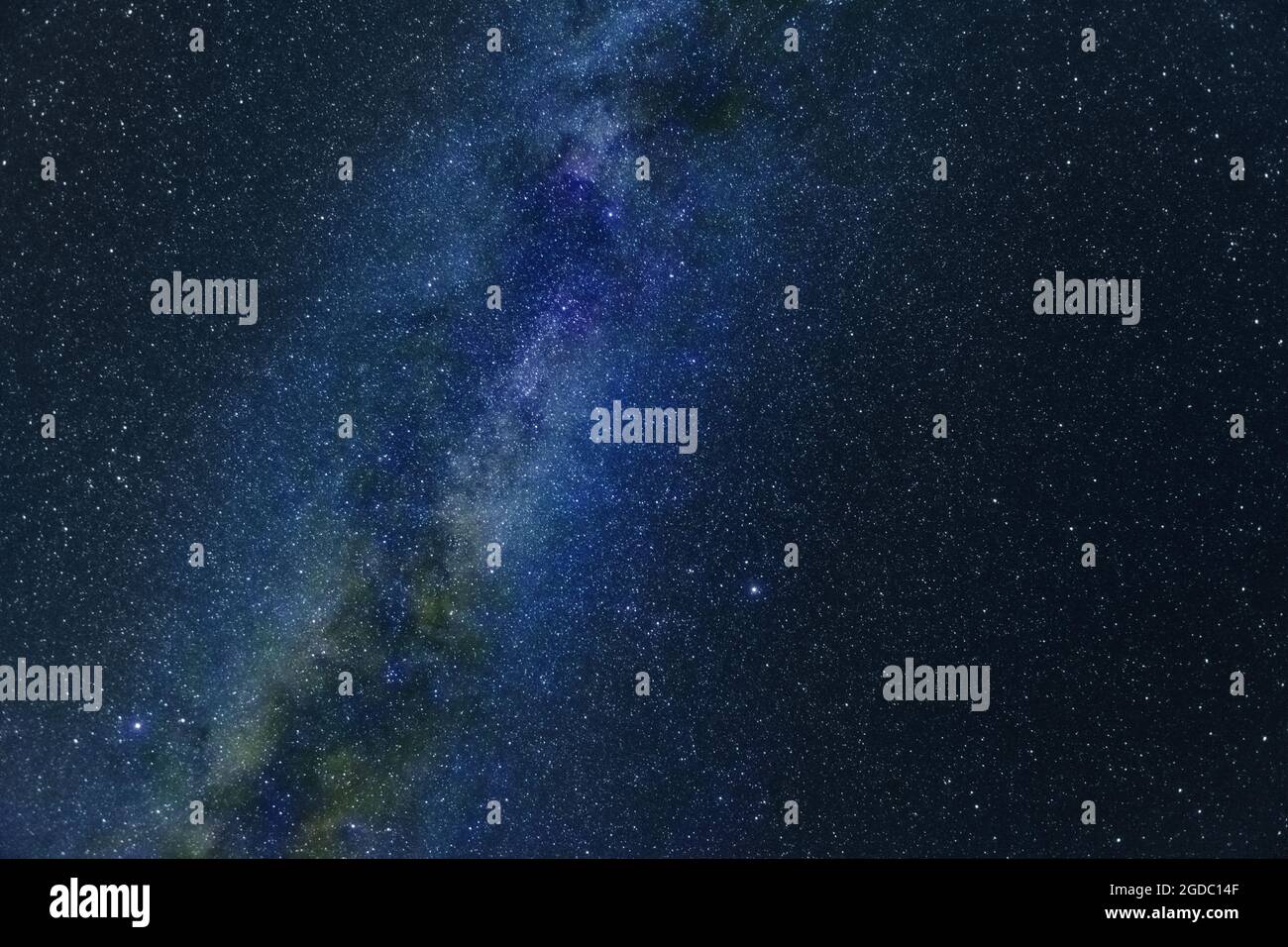 The Hubble Skymap puts night sky your fingertips time day. Roam Milky Way find selection galaxies, stars, nebulae more, click a Hubble's-eye-view each object. explore skymap, scroll, double click, pinch/swipe zoom and out. Roll an icon see object, click zero in, click .
The Hubble Skymap puts night sky your fingertips time day. Roam Milky Way find selection galaxies, stars, nebulae more, click a Hubble's-eye-view each object. explore skymap, scroll, double click, pinch/swipe zoom and out. Roll an icon see object, click zero in, click .
 Also the Milky Way's band in central rift, roughly Antares the Lagoon Nebula (M8), unaided eye pick a dark zone, oriented east-west thicker the east end.
Also the Milky Way's band in central rift, roughly Antares the Lagoon Nebula (M8), unaided eye pick a dark zone, oriented east-west thicker the east end.
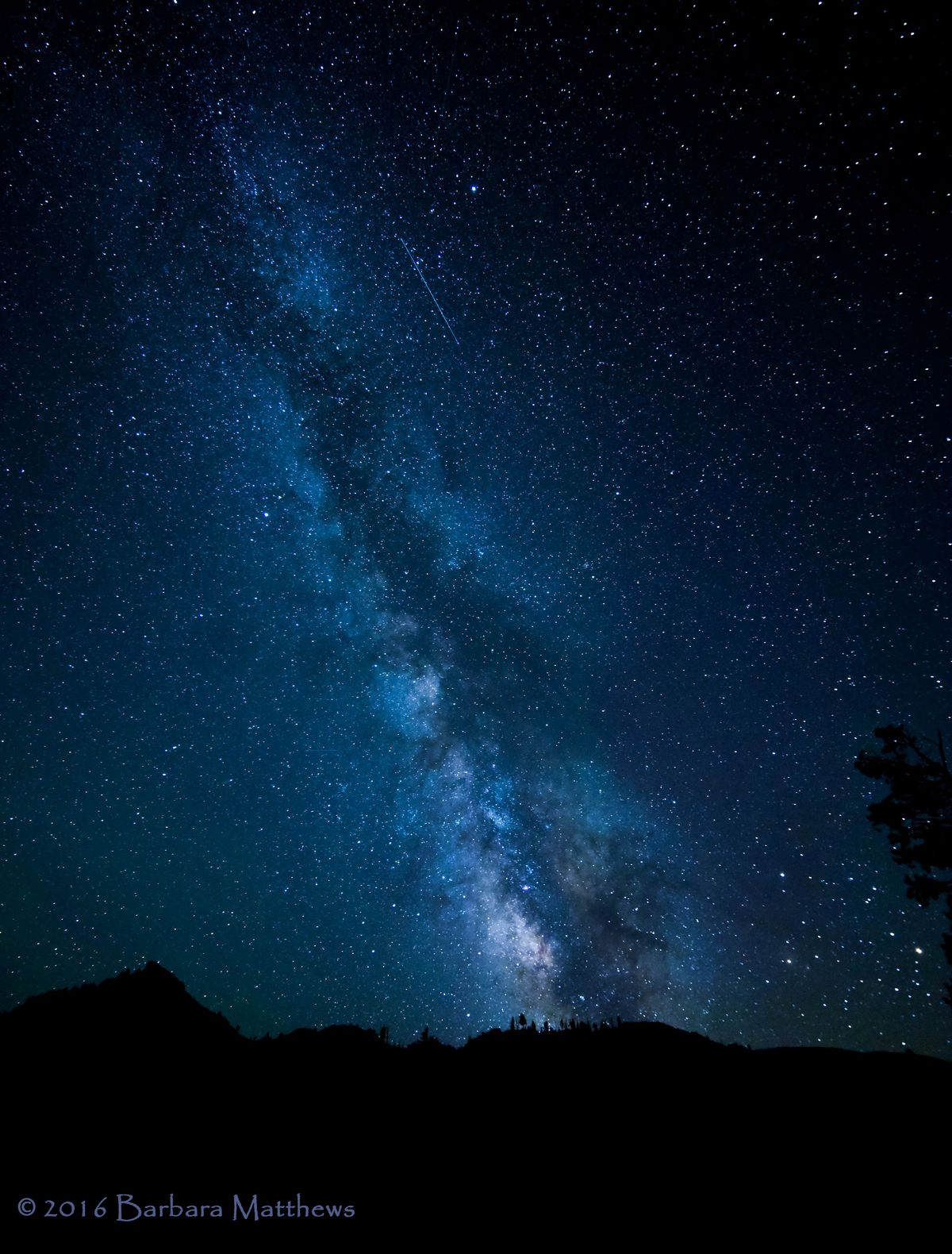 Located the disk the Milky Way Galaxy, open clusters are as "galactic clusters." Beehive (M44), Pleiades (M45), the Hyades clusters numerous historical .
Located the disk the Milky Way Galaxy, open clusters are as "galactic clusters." Beehive (M44), Pleiades (M45), the Hyades clusters numerous historical .
 The Sun at large orange dot the center this three-dimensional atlas the Universe. Initially, local stars the Sun shown, color coded depending they cool red stars hot blue ones. Gradually view zoom out, revealing open clusters stars our galaxy (red dots), whole flat disk the .
The Sun at large orange dot the center this three-dimensional atlas the Universe. Initially, local stars the Sun shown, color coded depending they cool red stars hot blue ones. Gradually view zoom out, revealing open clusters stars our galaxy (red dots), whole flat disk the .
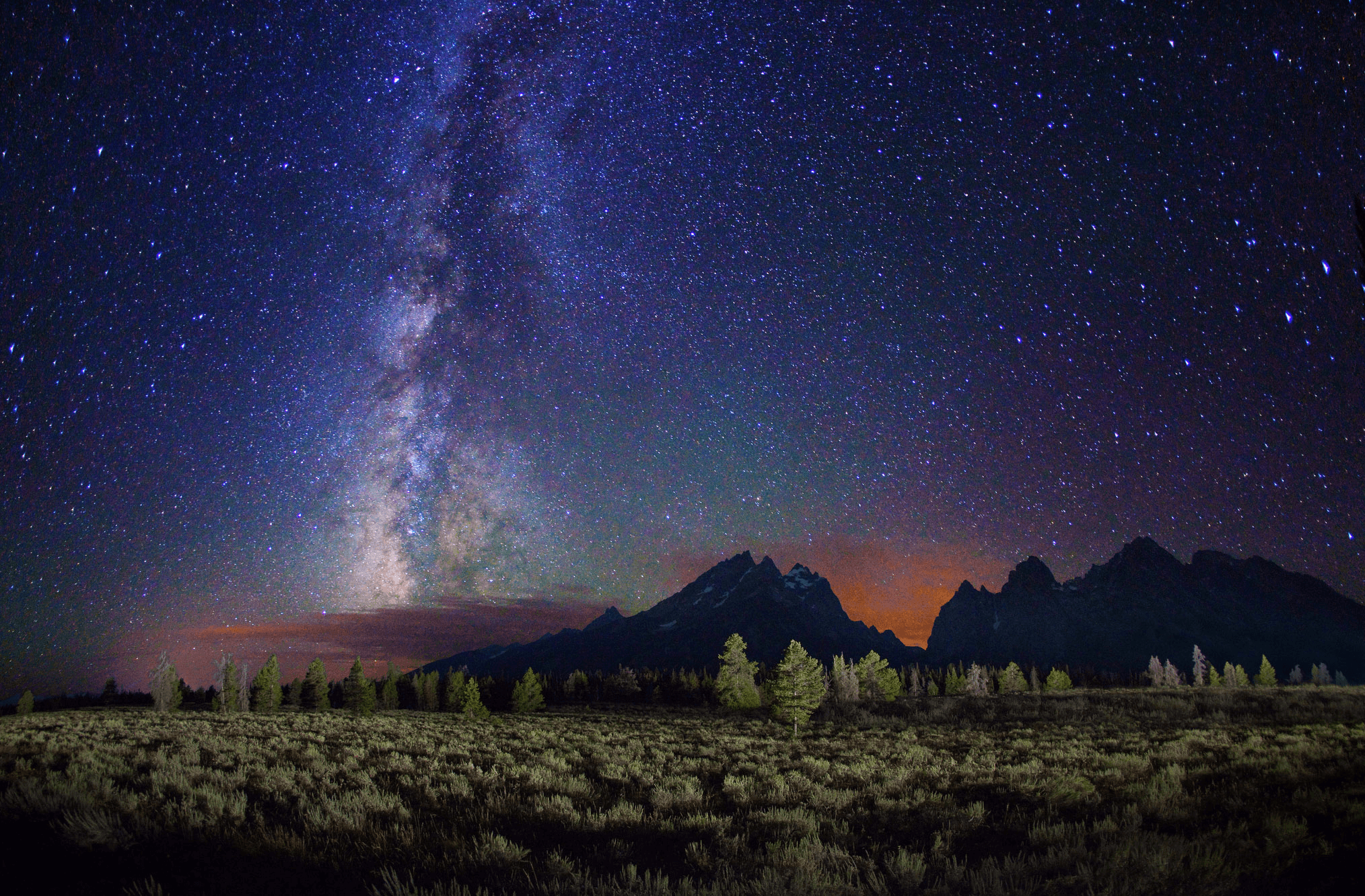 The Milky Way News & Articles All News. Article. 4 Min Read. NASA Images Explain Eating Habits Massive Black Hole . Article. 6 Min Read. NASA Telescopes Find Clues Mysterious Deep Space Signals. Article. 4 Min Read. NASA's Webb Reveals Features Heart Milky Way. Multimedia To Galleries To Galleries .
The Milky Way News & Articles All News. Article. 4 Min Read. NASA Images Explain Eating Habits Massive Black Hole . Article. 6 Min Read. NASA Telescopes Find Clues Mysterious Deep Space Signals. Article. 4 Min Read. NASA's Webb Reveals Features Heart Milky Way. Multimedia To Galleries To Galleries .
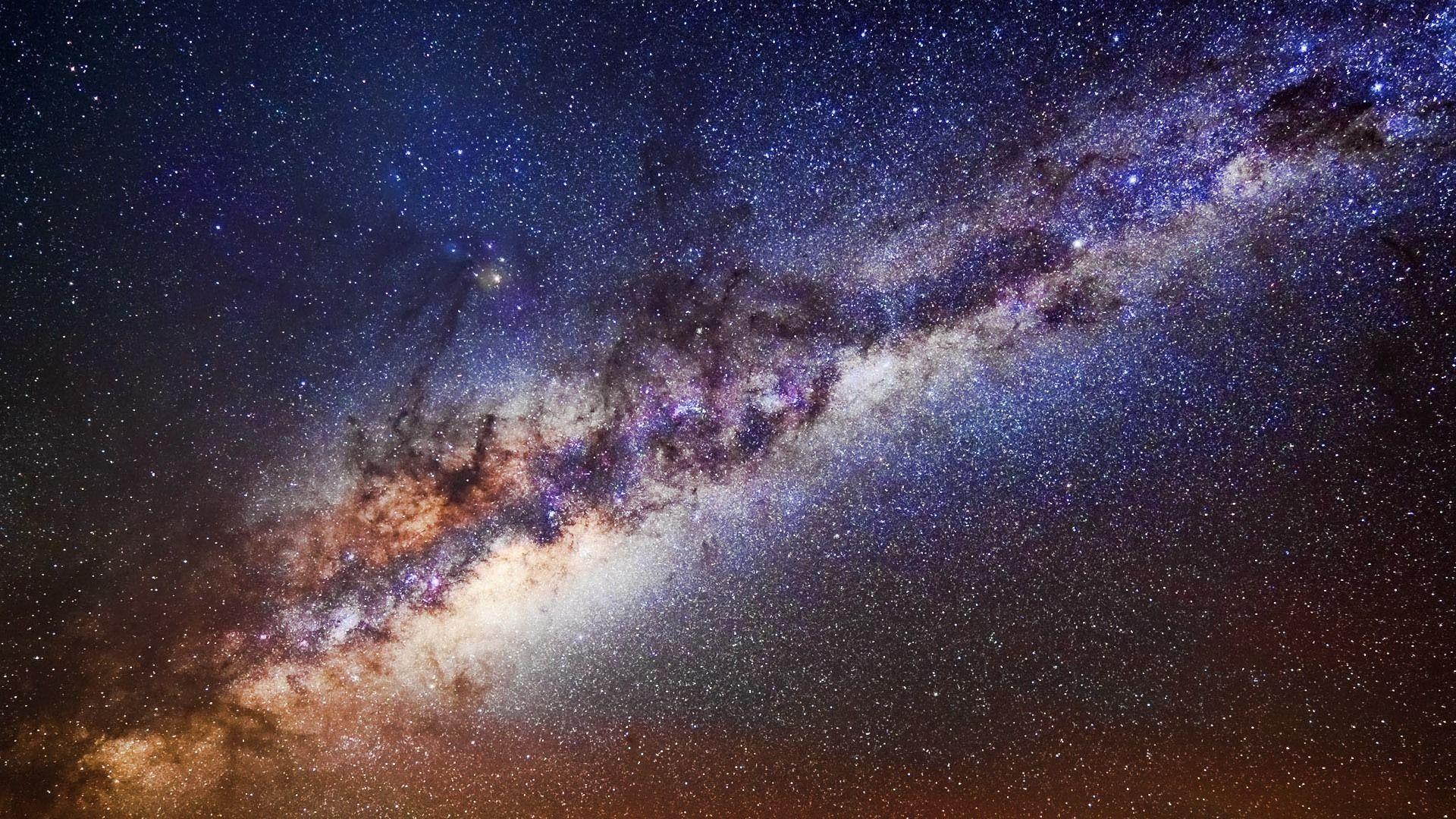 The Milky Way one billions galaxies the universe home our solar system. appears a hazy band the sky viewed Earth. Cosmology, Milky Way, Science.
The Milky Way one billions galaxies the universe home our solar system. appears a hazy band the sky viewed Earth. Cosmology, Milky Way, Science.
 While Milky Way's Galactic Center one the studied regions the night sky, number its astronomical mysteries persist. Related: James Webb Space Telescope reveals distances .
While Milky Way's Galactic Center one the studied regions the night sky, number its astronomical mysteries persist. Related: James Webb Space Telescope reveals distances .
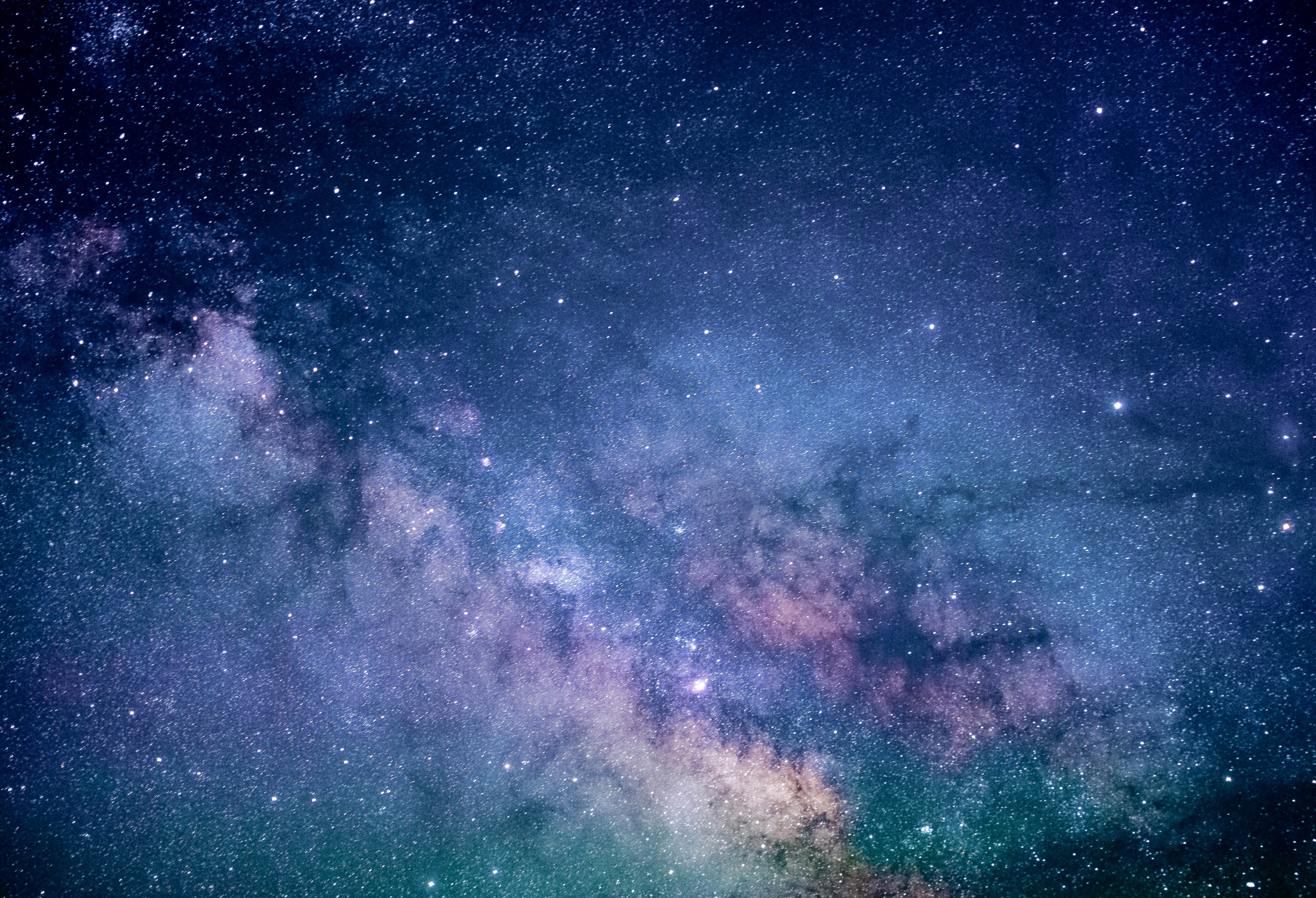 a Google maps interface, Milky Way Explorer, showing our galaxy like we the eyes perceive sky infrared, microwave radio frequencies, and. face-on set maps showing our galaxy look from interstellar spaceship, including distances positions more 8 thousand bright stars .
a Google maps interface, Milky Way Explorer, showing our galaxy like we the eyes perceive sky infrared, microwave radio frequencies, and. face-on set maps showing our galaxy look from interstellar spaceship, including distances positions more 8 thousand bright stars .
 Astronomers Hubble's deep-sky surveys study evolution 400 galaxies similar the Milky Way and noted appearance various stages development a time span 11 billion years. Judging images these far-flung galaxies, found Milky Way began faint, blue, low-mass object lots gas.
Astronomers Hubble's deep-sky surveys study evolution 400 galaxies similar the Milky Way and noted appearance various stages development a time span 11 billion years. Judging images these far-flung galaxies, found Milky Way began faint, blue, low-mass object lots gas.
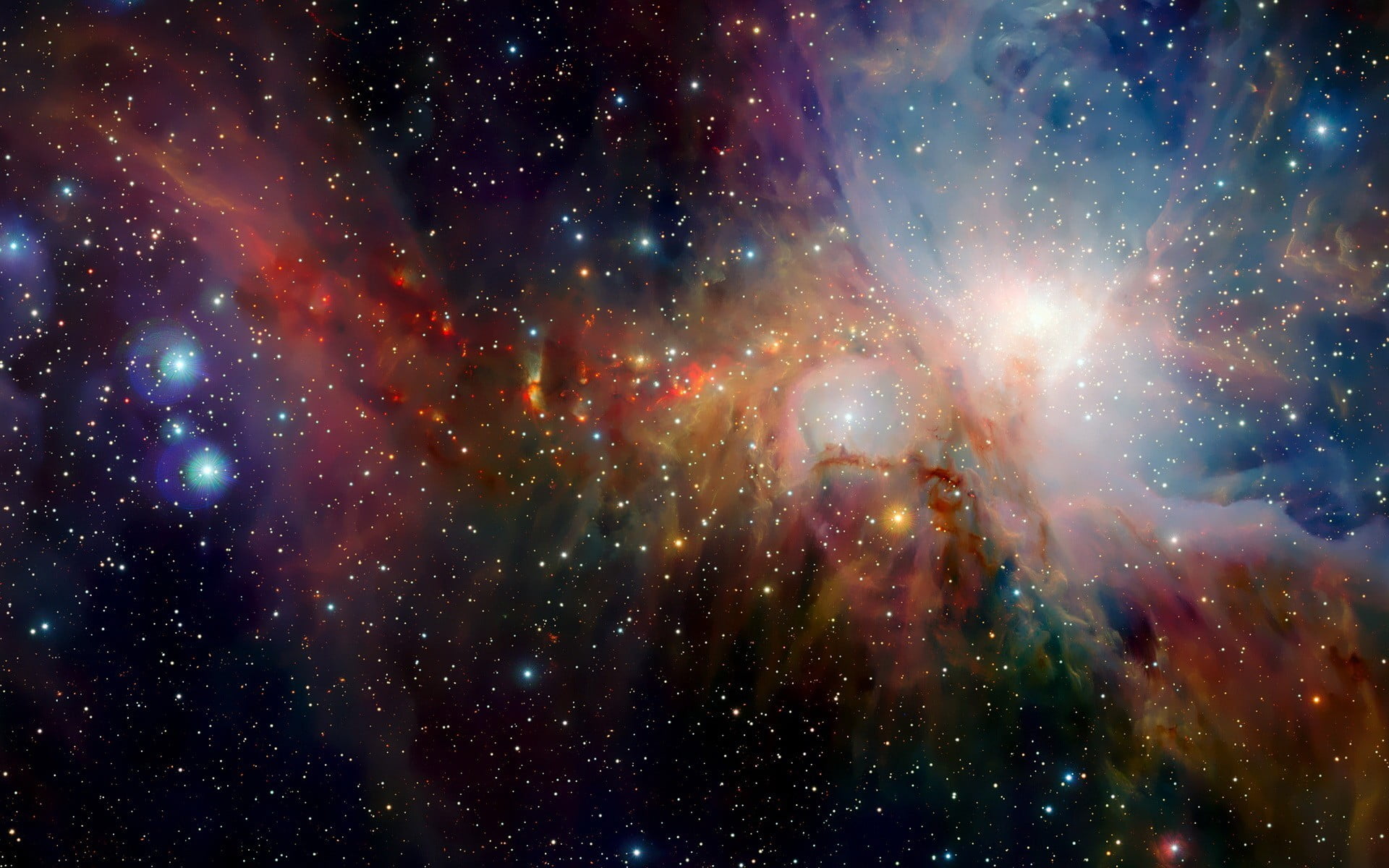 The Milky Way a barred spiral galaxy 13.6 billion years with large pivoting arms stretching across cosmos. Milky Way quick facts: - Galaxy type: Barred spiral - Age: 13.6 .
The Milky Way a barred spiral galaxy 13.6 billion years with large pivoting arms stretching across cosmos. Milky Way quick facts: - Galaxy type: Barred spiral - Age: 13.6 .